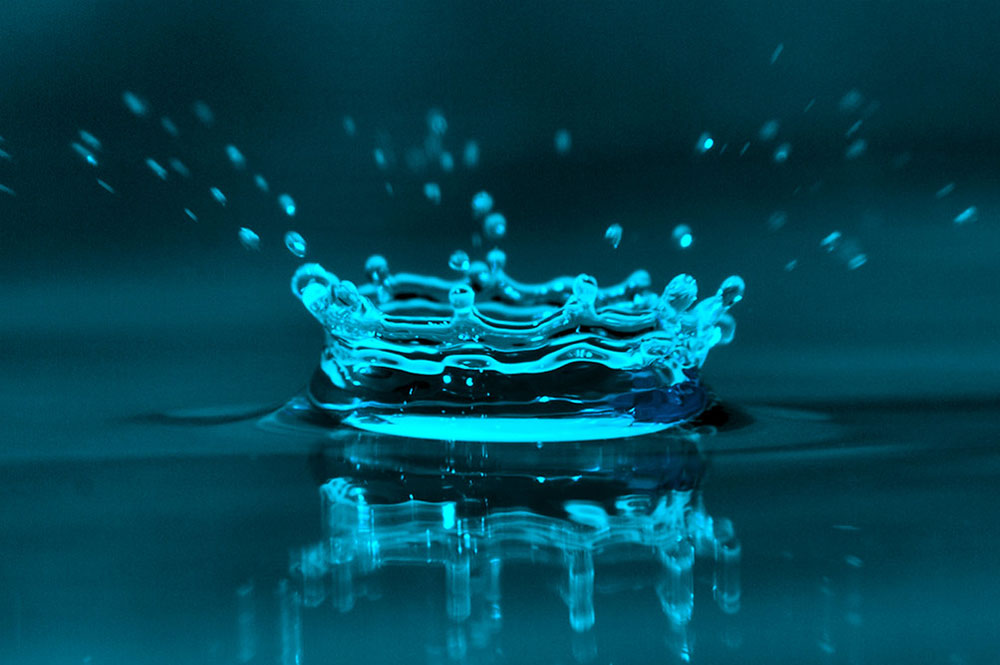Shutter Speed Priority in Film Photography

Photo by Luke Peterson. Licensed under CC BY 2.0
Modern day film cameras may have a setting on the shutter speed dial labeled ‘S’ for shutter priority. In typical film photography, the user is required to set both the shutter speed and aperture to obtain a proper exposure, either by using a light meter or other means. With shutter priority, the user simply needs to set the shutter speed of the film camera for a specific duration of time and the camera will automatically adjust the aperture.
Understanding the shutter speed and film photography is extremely important when using shutter priority. First, the user needs to understand that most shutter speed settings on the dial are actually a fraction of a second, such as 1/60 or 1/125, making 125 a faster speed than 60. Second, understanding motion photography and how it relates to the shutter speed is also necessary. The fastest shutter speed will results in frozen motion while the slowest shutter speed will result in blurred motion and variable amounts in between both ends of the spectrum. Additionally, low-light situations require long exposures while well-lit areas have shorter exposures.
When using shutter priority, the photographer needs to keep in mind the amount of light available as well as any possible motion from the subject. Slow shutter speeds may allow for a good exposure in low-light situations, but subjects may be blurred if they move. The inverse is true if you are in a well-lit area using a fast shutter speed and wish to show some blurred movement.
While shutter priority allows the user to choose a shutter speed and have the camera automatically adjust the aperture, there is also an automatic setting called aperture priority. In aperture priority, the user manipulates the aperture setting while the camera automatically adjusts the shutter speed. This can be particularly helpful for the photography technique depth of field. To learn more, please see the aperture priority section.

















